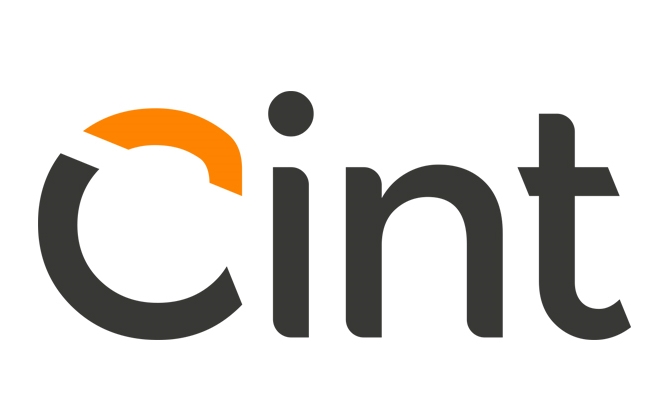 When looking through the history of consumerism, there is one thing that remains clear to publishers of all sizes – today’s consumer is drastically different than those from five years ago. Gone are the days when publishers could mass advertise and still hope for success. Consumers now expect a catered and personalized interaction on a continual basis. We are in, what is dubbed, the “Netflix era.”
When looking through the history of consumerism, there is one thing that remains clear to publishers of all sizes – today’s consumer is drastically different than those from five years ago. Gone are the days when publishers could mass advertise and still hope for success. Consumers now expect a catered and personalized interaction on a continual basis. We are in, what is dubbed, the “Netflix era.”
While select publishers have begun to take notice of this and incorporate this personalized mindset into their business strategy, many are still in need of a wakeup call. Take Disney’s recent departure from streaming powerhouse Netflix, for example. When Disney announced it was launching its own streaming service, it was seen as a logical response for a business in this era. This decision gave the entertainment giant the ability to reach consumers directly and has bigger implications than many people realize. This is a move publishers everywhere should watch closely, from the New York Times to local daily papers.
For publishers in the “Netflix era,” you either gather data or you die.
Personalization is key
This data delivers the opportunity for personalization, which is vital to consumers. According to Microsoft, the average attention span has declined to eight seconds, down from 12 seconds in 2000. Coupled with the fact that most humans experience 5,000 advertisements per day, consumers demand content that is relevant, timely and automatic.
Many publishers are still fighting through the jungle of data and are unsure of how and why this is a vital aspect of their business. With its departure from Netflix, Disney’s new streaming service will allow the company to reach all of its consumers directly. Why does this matter? Out of all levels of data collection, first-party data provides the greatest opportunity for optimization and value as insights are gathered straight from the source. This new service will permit them to gather first-party data on consumption habits in order to personalize the experience for each individual viewer – just as Netflix has done.
This continued evolution in broadcast media has proven successful and now print media needs to follow suit. Even with print, a historically static medium, consumers demand content that is instantaneous and tailored. This is a substantial difference from many news websites where a “most read” section is the biggest piece of personalization available.
Data is mandatory
Having the opportunity to collect and leverage first-party data and, as a result, have the ability to analyze consumption habits, is priceless. This process allows companies to create better customer experiences and more fulfilled users.
When examining successful companies, it is apparent that first-party data collection is no longer just an option, but is now mandatory. It is vital that publishers adapt a new data approach with their content teams and technology stacks in order to retain customers through real-time personalization. In fact, in a survey done by Forrester Consulting, 87% of respondents listed first-party data as the most important data source, but only 49% said they would likely increase their usage in the future. If they continue to ignore this, publishers will risk rapidly declining subscription numbers.
Understandably, this new mindset is no small ask for print publishers. It will require each company to adopt a completely new data approach, but the need is real. Just a few short years ago, ESPN was a fortress, the heart of televised sports viewing. Now it is seeing its subscription numbers fall and firing household names. Rolling Stone has experienced a similar fate recently. With its impending sale, the company admitted that it was not able to keep up with trends in the publishing industry.
First-party data is the future
These moves in print media is evidence that how consumers experience content has changed and this also demands a change in how publishers conduct their business.
Consumers’ demand for personalized content will never end. In fact, it will only get stronger and evolve to include other aspects of their consumption experience. With this advancement, it is vital that publishers progress on a similar, if not greater, scale.
First-party data provides the ability to closely understand experiences and ensure that publishers are delivering relevant and timely content to the intended recipients. This data collection on the back-end will provide a much better result on the front-end.











